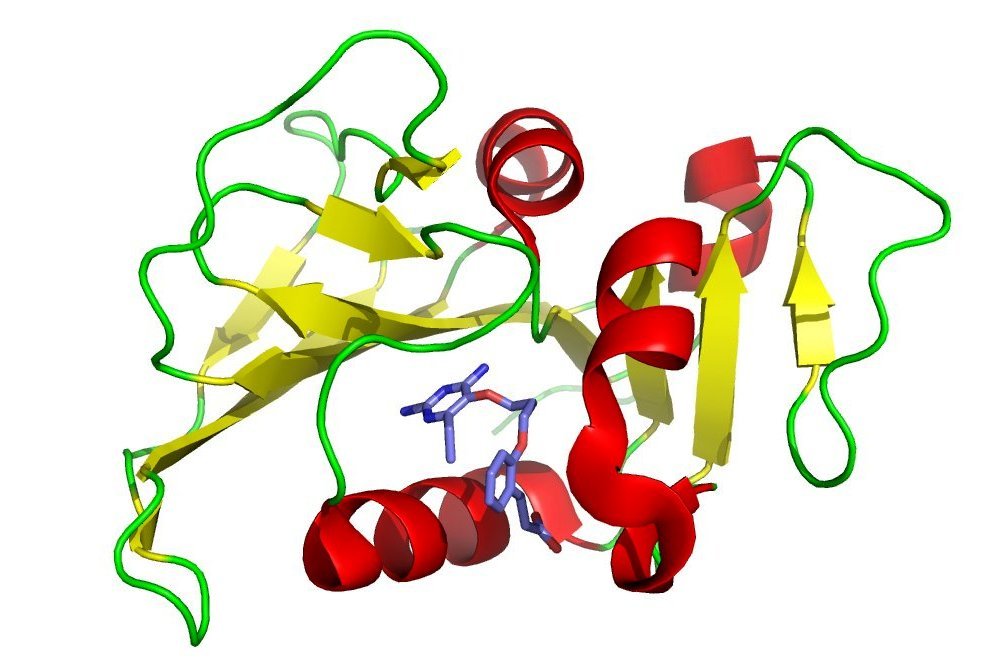
University of Washington (UW) researchers are closer to unlocking remedies for some primary infectious diseases after identifying protein structures in 70 organisms.
Dr. Wesley Van Voorhis, who heads the UW School of Medicine’s Division of Allergy and Infectious Diseases in Seattle, said in a press release that comprehending the structural difference between humans and disease organisms is critical to developing effective drugs and vaccines.
Identifying how three-dimensional protein molecules function is one key to combating infection. Humans possess 21,000 proteins, while malaria organisms have 5,300, for example. Scientists at Seattle Structural Genomics Center for Infectious Disease (SSGCID), who collaborated with UW researchers, are studying the protein structures underlying Ebola, Zika, tuberculosis, leprosy, malaria and influenza, according to the release.
“We helped hundreds and hundreds of investigators make progress against parasites, bacteria and viruses,” Van Voorhis said in the release. “This is a huge personal satisfaction.”
SSGCID leader Dr. Peter Myler said more than 40 percent of the team’s results originated in specific requests from the infectious disease research community. Additionally, he noted that the Seattle-based team checks in regularly with a similar group in Chicago to avoid duplication of work.
SSGCID was established in 2007 with funding from NIH’s National Institute of Allergy and Infectious Diseases.



